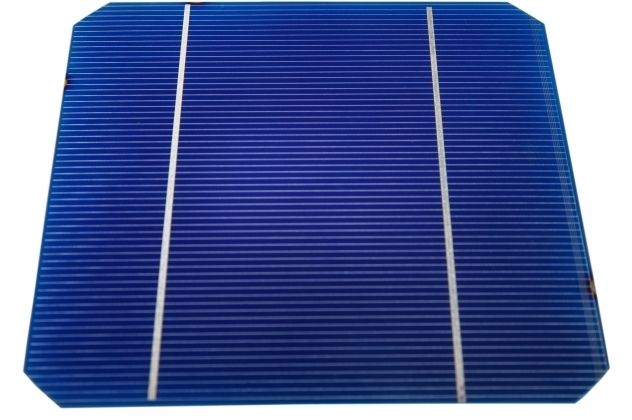Aug 3, 2016
Tesla acquires sister firm SolarCity for $2.6 billion
Posted by Shailesh Prasad in categories: Elon Musk, solar power, sustainability, transportation
Tesla buys SolarCity.
(Reuters) — SolarCity Corp agreed to be acquired by sister company Tesla Motors Inc in a deal worth $200 million less than the initial offer, sending shares of both companies down in early trading on Monday.
Electric vehicle maker Tesla expects to achieve “significant” cost savings and “dramatic improvements” in manufacturing efficiency as a result of the acquisition of solar panel installer SolarCity, Tesla Chief Executive Officer Elon Musk said on Monday.
Continue reading “Tesla acquires sister firm SolarCity for $2.6 billion” »
















